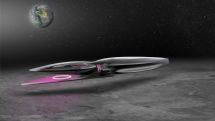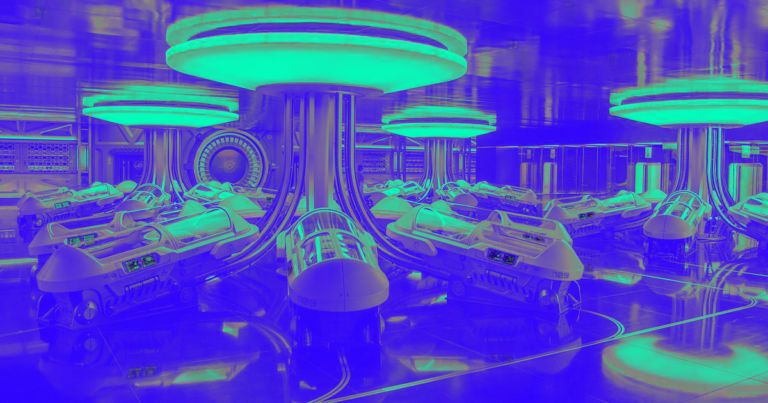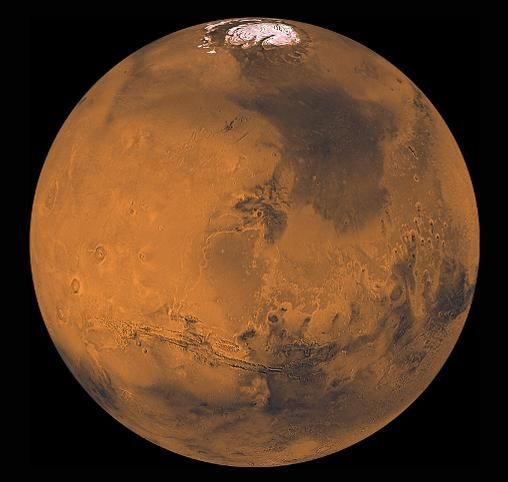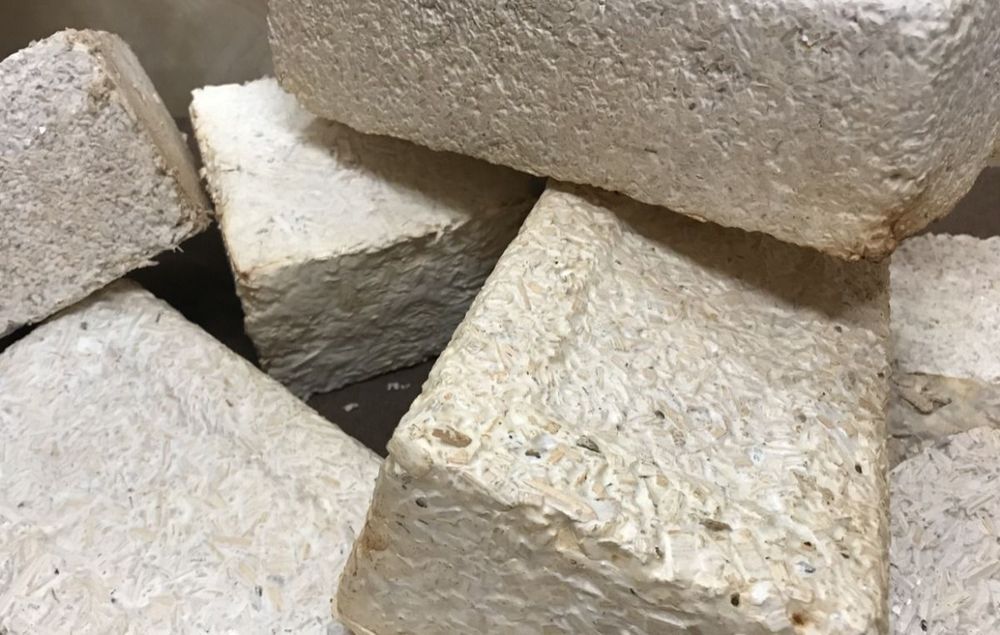Lexus has revealed a series of lunar mobility concepts.



Fungus Among Us
The idea is to ship dormant fungus to a Moon base and, once it arrives, give it water and the right conditions to trigger growth, according to a NASA press release. That would also require a supply of photosynthetic bacteria to provide the fungus with nutrients. Once the fungus grows into the shape of a structure, it would be heat-treated, effectively killing it and turning it into a compact brick.
“Right now, traditional habitat designs for Mars are like a turtle — carrying our homes with us on our backs — a reliable plan, but with huge energy costs,” lead researcher Lynn Rothschild said in the release. “Instead, we can harness mycelia to grow these habitats ourselves when we get there.”

A massive mile-long double asteroid linked to a one-inch meteor that streaked a fireball over Japan three years ago could threaten humanity in millions of years if it eventually breaks up, scientists wrote in a report published Monday.
“The potential breakup of the rock could be dangerous to life on Earth,” Toshihiro Kasuga, a visiting scientist at the National Astronomical Observatory of Japan and Kyoto Sangyo University, said in a release Wednesday, according to CNET. “Those resulting asteroids could hit the Earth in the next 10 million years or so.”
The findings were first reported in The Astronomical Journal Monday.



Rare mounds of a crystalline mineral have emerged above the surface of Utah’s Great Salt Lake, where they’re expected to remain just a few months before disappearing again.
Scientists think these mounds may be similar to mineral structures on Mars that could preserve traces of microbes that may have lived in the planet’s saltwater lakes billions of years ago.

The golf cart sized rover called VIPER will search for and sample water ice on the lunar south pole. LEARN MORE go.nasa.gov/2Nq3Lyq

Location: Manhattan, KS

The National Bio and Agro-Defense Facility (NBAF) will be a state-of-the-art biocontainment laboratory for the study of diseases that threaten both America’s animal agricultural industry and public health. DHS S&T is building the facility to standards that fulfill the mission needs of the U.S. Department of Agriculture (USDA) which will own, manage and operate (PDF, 16 pgs., 165 KB) the NBAF once construction and commissioning activities are complete. The NBAF will strengthen our nation’s ability to conduct research, develop vaccines, diagnose emerging diseases, and train veterinarians. DHS S&T will leverage the facility as a national asset to fulfill homeland security mission needs.
The United States currently does not have a laboratory facility with maximum biocontainment (BSL-4) space to study high-consequence zoonotic diseases affecting large livestock. The NBAF will be the first laboratory facility in the U.S. to provide BSL-4 laboratories capable of housing cattle and other large livestock. The NBAF will also feature a vaccine development module. For more information about the facility and intended use of its state-of-the-art features, please visit the USDA NBAF Program website.